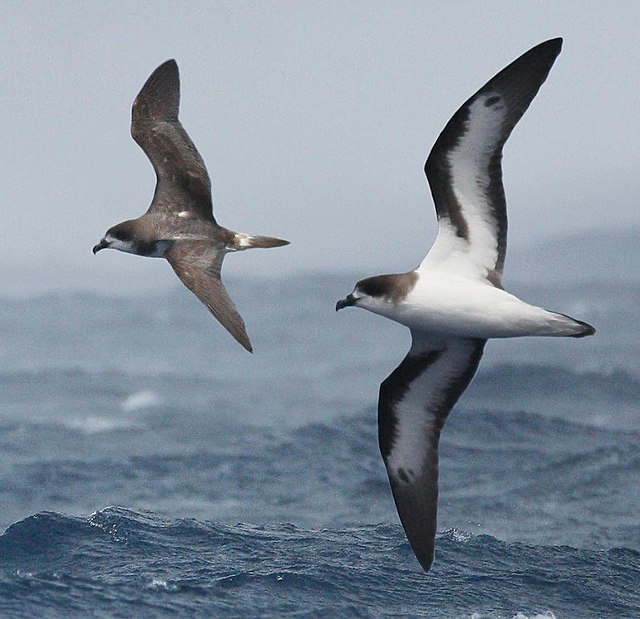5 Animals Rediscovered Long After Extinction Fears
The Lazarus taxon includes a number of species that were rediscovered following being deemed extinct, sometimes for centuries, and is named after the biblical account of the man who rose from the dead.
List of 5 Rediscovered Animals After Extinction
These six animals represent animals that have metaphorically returned from the dead.
Bermuda Petrel

After being thought to be extinct for 330 years, the Bermuda petrel has been recovered and is now considered one of the most motivating discoveries in the field of nature conservation.
Before eighteen nesting pairs on isolated islets in Castle Harbor were found in 1951, the bird had not been seen since the 1620s.
The population was decimated when domestic animals brought by European settlers discovered the eggs as well.
With an estimated 250 birds left in the world, the Bermuda petrel is slowly recovering after 50 years of efforts to control nests and pests.
Takahe
Native to New Zealand, this flightless bird vanished for almost half a century before being found again close to Lake Obell in Fiordland National Park.
It was thought that in 1898, the last of the population perished. A group of adventurers discovered a takahe in the Murchosin Mountains in 1948.
In an effort to prevent the extinction of their species twice, the red-beaked, shiny-backed birds of New Zealand are housed in numerous inland shelters as well as refuges on seven islands.
Philippine Naked-Backed Fruit Bat
When not even one of the creatures had been sighted since 1964, naked-backed fruit bats were classified as extinct in 1996; however, the native of the Philippines made a comeback in 2001.
When it was in large numbers, the guano it generated was mined for usage as fertilizer; however, as sugar cane fields replaced the fruit-filled forests it depended on for sustenance, its population began to decline.
Hunting for its meat also played a role. Due to the lack of protection for its habitat on the Cebu and Negros Islands, the fruit bat is currently in danger.
La Palma Giant Lizard
Before a giant lizard was found in the La Palma region of the Canary Islands in 2007, it was thought to be extinct for 500 years.
Hunting as well as the intrusion of cats into its habitat resulted in the extinction of its population. In an attempt to locate the breeding grounds of the long-lost lizard, new expeditions are being planned. The lone lizard measured about one foot in length and was thought to be four years old.
Chacoan Peccary
The peccary bears a pig-like appearance, but it cannot be tamed. It was thought that the animal had gone extinct thousands of years ago until a fossil of it was found in Argentina in 1930.
Nonetheless, there are currently 3,000 known peccaries after researchers discovered a live one in the Chaco region of Paraguay in 1975.
It turned out that the indigenous inhabitants of the Chaco region had been aware of its existence for many years, but scientists hadn’t discovered it was still alive for decades.
The Chacoan peccary remains on the endangered species list.

Comments are closed.